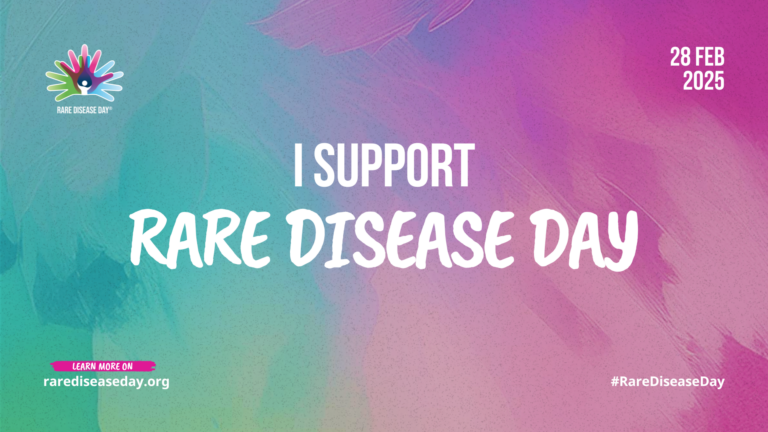The decision to enter parenthood is exciting and life-changing. Carrying a baby is a unique journey you may wish to experience. The great news is, if you have IIH and want to become pregnant, you can, it will just require a bit more preparation.1
Frequent visits to your neuro ophthalmologistA specialist in the branch of medicine concerned with the study and treatment of disorders and diseases of the eye. Click the term to read more, neurologistMedical doctor who diagnoses and treats nonsurgical issues related to the brain and nervous system. Click the term to read more, and obstetrician before, during, and after pregnancy will be necessary to manage your IIH while protecting your developing baby. Communication with your medical team will help you be an advocate for you and your baby.
Throughout pregnancy some changes that occur to a woman’s body are obvious but some are not. Change also occurs in the brain such as a decrease in the size of the brain, an increase in the size of the ventricles, and an increase in the size of the pituitary glandAlso known as the “master gland” it is the area of the brain that manages and makes a large portion of your hormones. Click the term to read more.2 These changes are a result of an increase in blood volume that is needed to support the growing baby. Some of these changes in the brain can aggravate IIH-type symptoms. A majority of women report IIH symptoms during the first and second trimester of pregnancy but they can appear at any time3. Having IIH does not exclude you from experiencing pregnancy.
IIH Management During Pregnancy
Managing IIH during pregnancy will include weighing the risk to the baby balanced by the benefit of symptom relief to the mother.
Imaging
Headache is the most common symptom experienced in IIH.4 Imaging tools such as a CT scanUses several X-ray images and computer processing to create cross sectional images. Click the term to read more and magnetic resonance imagingProvides precise details of your body parts, especially soft tissues, with the help of magnetic fields and radio waves. Click the term to read more (MRI) are the preferred studies used to detect changes in the brain. They are commonly ordered for new or worsening IIH symptoms. During pregnancy, if imaging is required, the risk versus benefit of radiation exposure to the developing baby will be considered. CT scan imaging of the brain is shown to be safe during pregnancy with the placement of a lead shield over the abdomen and pelvis. The use of MRI during pregnancy has not been well-studied to completely verify its safety to the baby.5 Contrast agents should be avoided while pregnant due to its unknown safety profile to the fetus.5
Medications and Pregnancy
The Food and Drug Administration (FDA) classifies medication use on pregnant and lactating mothers based on studies found on humans and animals and how it affects a developing baby (fetus). The categories are as follows:
Category A: Well-controlled human studies do not show a risk to the fetus
Category B: Animal studies do not show a risk but no study has been performed on humans
Category C: Animal studies have shown some negative effects, however no studies have been performed on humans
Category D: Studies on humans have shown negative effects on fetus but potential benefits to mother may outweigh risk to fetus
Category X: Studies on animals and humans have shown negative effects on fetus and benefits do not outweigh risks.6
Many pharmaceutical treatment options for migraine and headache relief are used for the treatment of IIH (tricyclic antidepressants, beta-blockers, and calcium channel blockers) but should be used with caution during pregnancy. All of these medications are classified as category C, showing harmful effects to the fetus in animal studies. Non-steroidal anti-inflammatory drugs (NSAIDs) are category B due to the increased risk of premature ductal closure of the fetus.7 This means that the baby cannot pump blood from the heart to the lungs causing heart and lung failure leading to death.
AcetazolamideMedication used to treat glaucoma, epilepsy, altitude sickness, periodic paralysis, idiopathic intracranial hypertension, urine alkalinization, and heart failure. Click the term to read more is a carbonic anhydrase inhibitor (CAI) and is a common form of treatment for IIH. Acetazolamide (Diamox) works by decreasing the amount of cerebrospinal fluidFluid that is made by specialized cells in the ventricles of the brain. Click the term to read more (CSFFluid that is made by specialized cells in the ventricles of the brain. Click the term to read more) made, allowing for a decrease in pressure of the brain. This medication is listed as a category C, showing negative effects to the fetus in animal studies. An alternative to acetazolamide are diuretics but most are also listed as a category C.



